Concrete is the very pillar of contemporary infrastructure, from roads and bridges to skyscrapers and factories. Yet even the most robust concrete can crack if it’s not properly tested. Proper concrete testing guarantees safety, structural stability, and conformity with national and global standards.
At ESE (Engineering Solutions Equipment), one of the top Concrete Testing Equipment Manufacturers, we frequently deal with contractors, civil labs, and construction engineers. We’ve observed that even seasoned experts occasionally commit errors while testing—errors which jeopardize the entire project.
Let’s go through 6 of the most frequent errors committed while testing concrete—and more significantly, how to prevent them.
1. Using Uncalibrated or Poor-Quality Equipment
This is among the most common and perilous omissions. If the test machine—be it Compression Testing Machine (CTM) or Slump Cone—is not calibrated or is of poor quality, the results of the test are not trustworthy.
Being a Reliable Concrete Testing Equipment Manufacturer, ESE supplies equipment that not only has a long lifespan but is also supplied with calibration certificates and after-sales services. It is essential to calibrate the equipment regularly, preferably every six months, to maintain accuracy in testing.
Tip: Always request calibration records from your supplier and ensure IS or ASTM compliance.
2. Inadequate Sample Preparation
Concrete test results are only as good as the samples you test. Wildly inaccurate readings can result from improper mixing, uneven compaction, or poor curing of specimens.
This is a common error in compressive strength testing, where small amounts of air bubbles or surface cracks in the cube will produce falsely low results. The equipment is not the issue—it’s the way the sample was fabricated.
At ESE, we recommend that our clients adhere to standard curing practices and utilize mold sets that guarantee even shape and size, easily available from your reliable Concrete Testing Equipment Manufacturer.
3. Omission of Environmental Control During Curing
The curing environment for the concrete samples has a great influence on the final strength. In case ambient temperature or moisture levels are not kept as per IS 516 or ASTM C192 specifications, your result will be inaccurate.
Employing a temperature-controlled curing tank—like the ones provided by ESE—promises uniformity. Many site laboratories, unfortunately, omit this step, particularly in remote locations or when under tight schedule pressure.
Proper curing environments are as crucial as the best testing machines.
4. Inaccurate Loading Speed in Compressive Strength Testing
It is easy to make the mistake of adding the load too fast or too slow when a CTM is used. Both mistakes produce inaccurate results and may even break the machine or the specimen.
The IS codes state that the load must be uniformly applied at a rate of 140 kg/cm² per minute until failure. Any variation causes inaccuracy.
At ESE, our automatic CTMs come equipped with digital controllers that maintain the correct loading rate. This automation eliminates human error and ensures repeatability, just one of the reasons we’re a preferred Concrete Testing Equipment Manufacturer in India.
5. Neglecting Machine Maintenance
Even the best concrete testing machines require regular care. Dust, vibration, and wear over time can affect sensors, hydraulics, and electronics.
Operators tend to believe that equipment will run forever once installed. But unless maintained regularly, machines go out of calibration, and results degrade.
ESE includes comprehensive maintenance schedules with each machine and provides annual service contracts so you can concentrate on testing, while we take care of the upkeep.
6. Overlooking National & International Testing Standards
Far too often, labs test based on outdated procedures or disregard the standard entirely. This might result in results that are not acceptable to government agencies, quality control consultants, or clients.
ESE makes sure that all equipment—ranging from Vee Bee Consistometers to Flexural Testing Machines—is compliant with IS, BIS, and ASTM standards. We also provide training for your personnel in standard operating procedures so that your reports are credible and audit-compliant.
As a Contemporary Concrete Testing Equipment Manufacturer, we feel that our work doesn’t end with the sale—it begins there.
Why Select ESE – Engineering Solutions Equipment?
If you require precise, reliable, and standard-conforming outcomes, you need a Concrete Testing Equipment Manufacturer that knows the whole picture.
- Calibrated equipment with documented precision
- Full lab setup: from CTMs to flow tables and slump cones
- Professional training and documentation assistance
- Quick response after-sales service & yearly calibration contracts
- Customization on offer for schools, mobile labs, etc.
At ESE, we’re not merely peddling machines—we’re assisting you in creating a more secure, more resilient future.
Final Thoughts
Concrete testing isn’t merely a procedural nicety—it’s a vital process toward building safety and longevity. And from what we’ve established, the difference between true and false results is often a matter of a few preventable errors.
By making the proper processes and collaborating with a quality Concrete Testing Equipment Manufacturer such as ESE, you can avoid these mistakes and help each building you touch pass down to future generations.
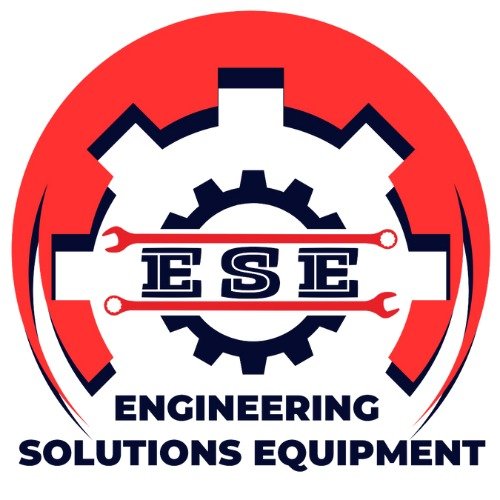


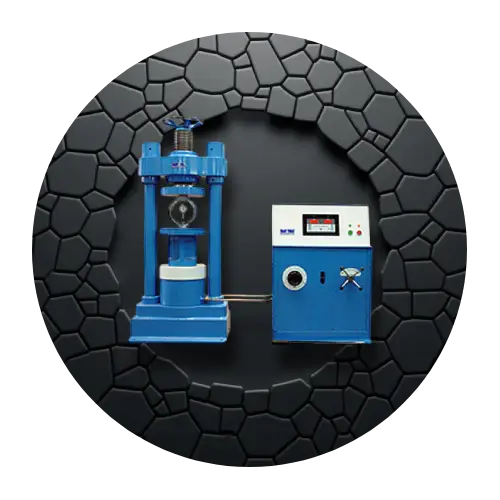
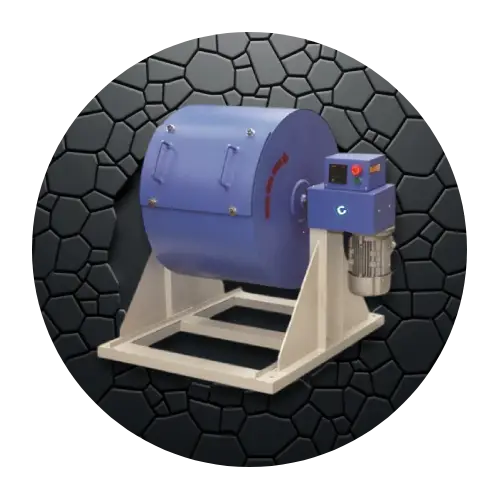
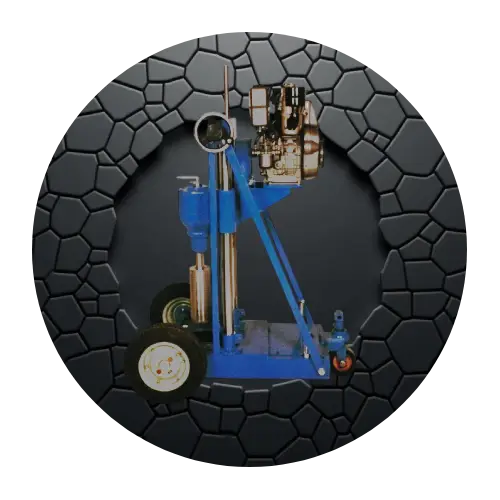
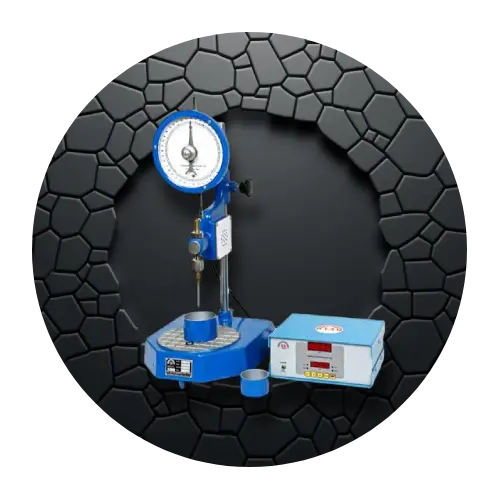
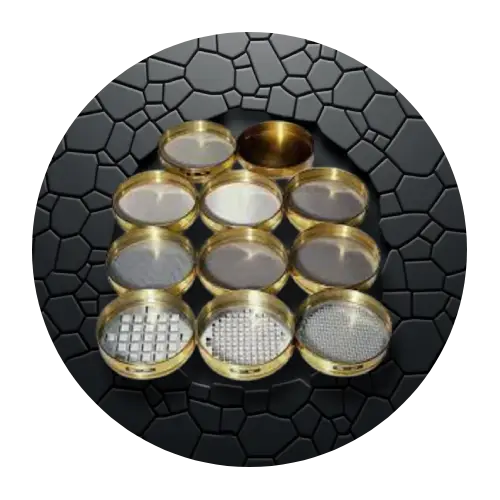


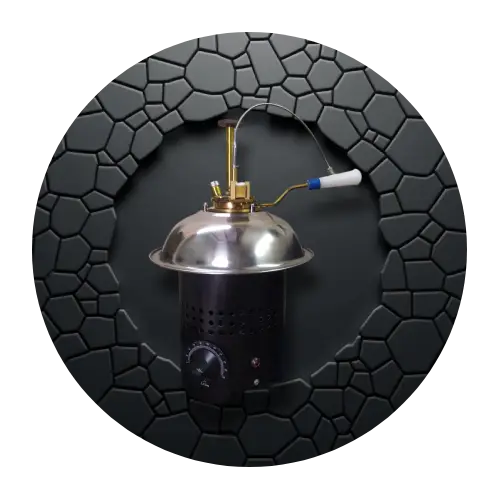
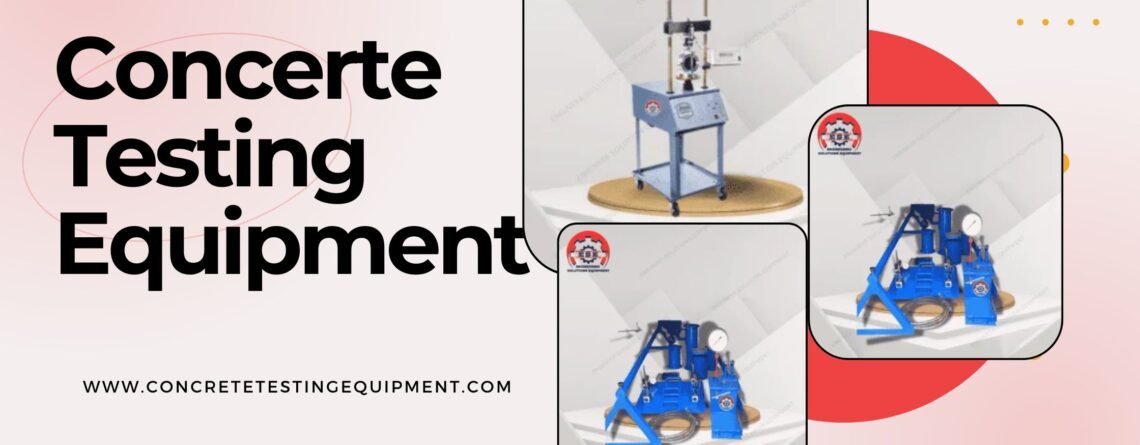

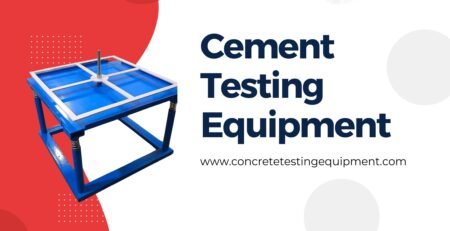
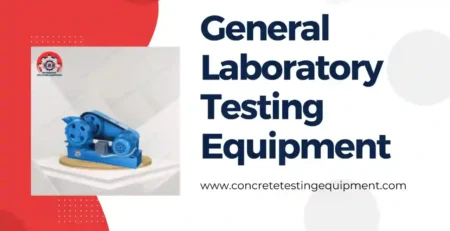
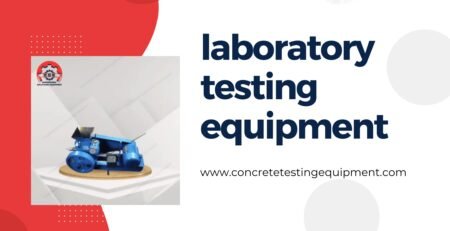


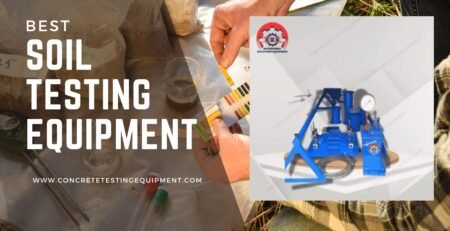




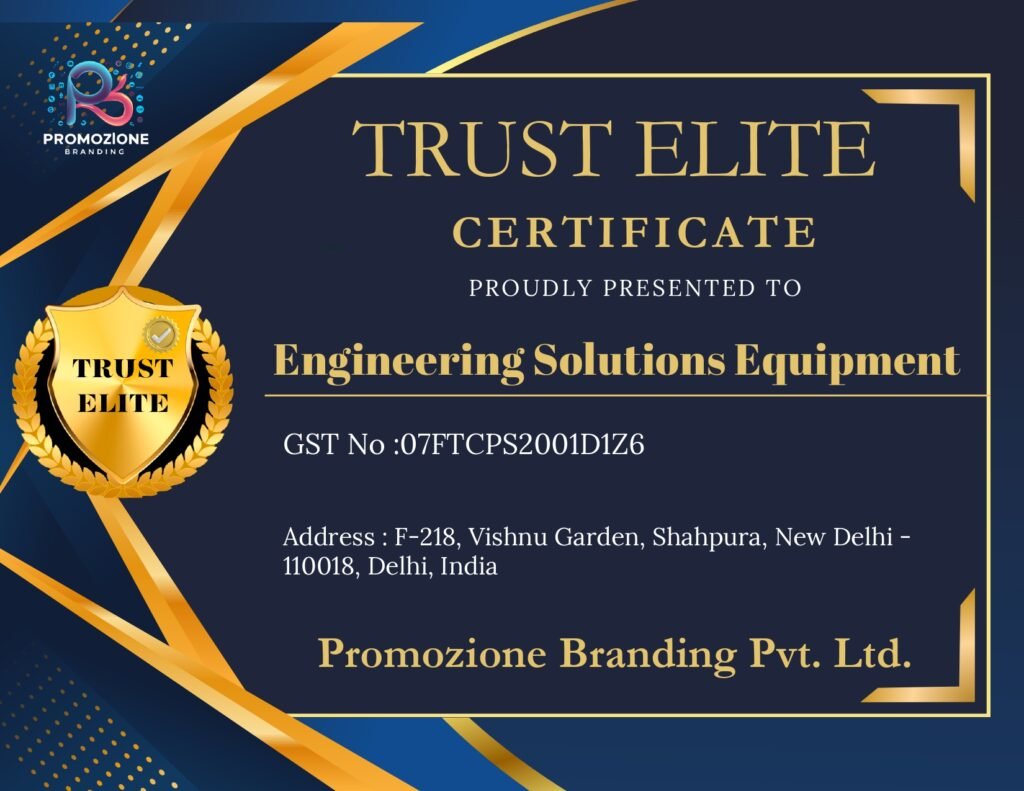
Leave a Reply